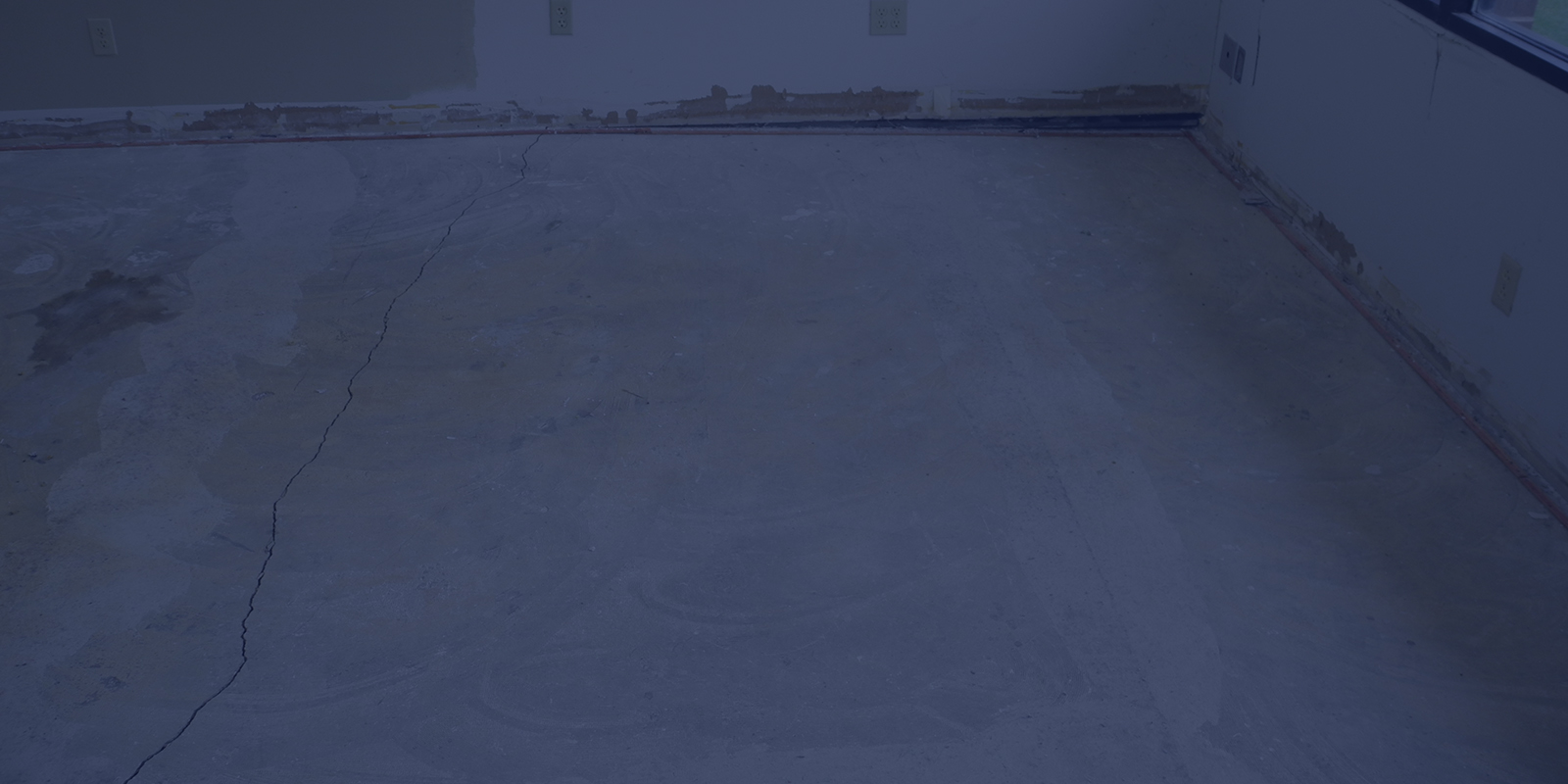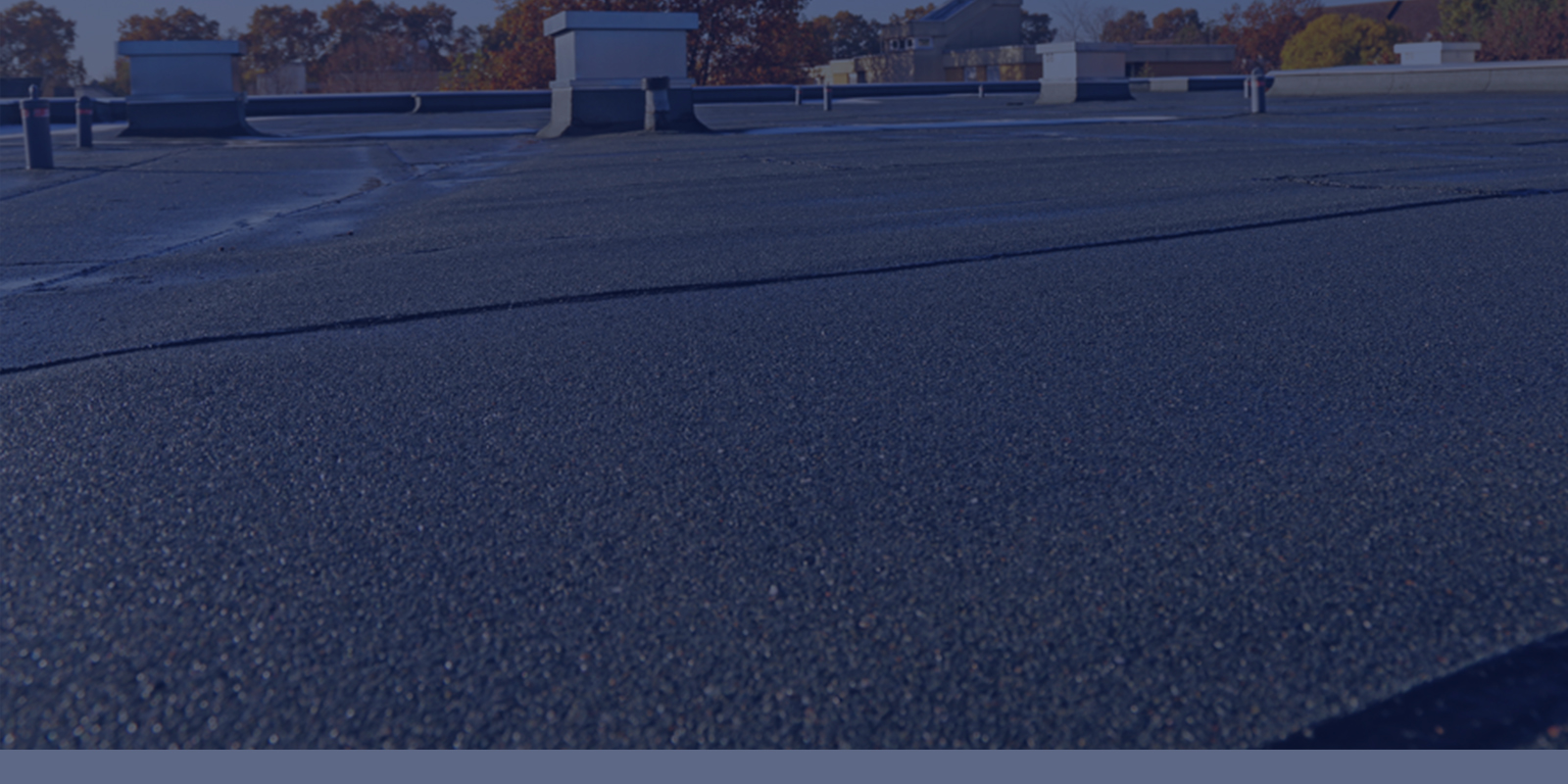When designing a building or other type of structure, engineers must consider factors that will affect the performance of the structure’s foundation over its service life. One factor that must be accounted for, and that often complicates the design process, is the presence of expansive soils. Expansive soils can result in significant stresses on structures and can cause damage to foundations and superstructures supported thereon. An understanding of historical occurrences of such foundation movement and resulting damage can reduce the risk of similar occurrences in the future. Below is a summary of one case study, involving a building which experienced significant foundation movement from expansive soils.
The case study involves a two-story office building. The foundation system consisted of concrete perimeter footings and interior piers located beneath columns, with a concrete slab-on-grade foundation at the first floor. A few years after the structure was built, the occupants noticed distress at interior finishes throughout the building (Figure 1) and doors that did not open/close properly. Floors were uneven, and some office chairs would unexpectedly “roll downhill.” The pattern and extent of distress to the building’s finishes was consistent with significant differential foundation movement. In some areas, the forces from the expansive soils were so great that they caused the exterior concrete wall panels to displace from their as-constructed condition (Figure 2).
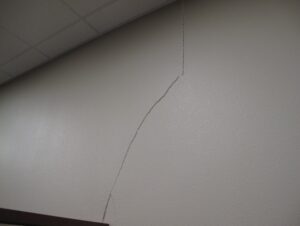
Figure 1: Fractured gypsum board finishes at the office spaces
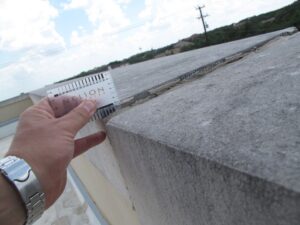
Figure 2: Displacement at the exterior walls
To determine the pattern and extent of the differential foundation movement occurring at the structure, relative elevation surveys of the first and second floors were performed. The results of the surveys indicated that each floor was out-of-level by approximately 5″. Figure 3 shows a contoured drawing of the elevation topography for the 1st floor.
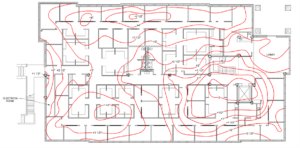
Figure 3: Topography of the structure’s first floor
The poor performance of the structure so soon after original construction was concerning. It was determined that the pattern and degree of upward movement occurring were consistent with a non-trivial source, or sources, of moisture influencing the underlying expansive soils. Several such potential water sources were identified; including poor grading and drainage conditions at the site, and a site topography such that surface water flowed downhill from the adjacent properties toward the structure. A forensic geotechnical investigation determined that the types of soils present at the subject site were inadequately assessed. As a result, the expansive potential of the site soils had been underestimated.
The failure to identify the true expansive nature and potential of the subgrade soils resulted in the inability of other members of the building’s design team to mitigate the differential foundation movement, including differential heave of the piers and superstructure framing, and failure of the foundation system. This case study is an illustration of the potential for ramifications of excessive differential soil movement.
Nelson’s team of professionals has extensive experience evaluating structures and their components for movement and damage related to expansive soils. For additional information and case studies related to this topic, please click HERE to review the technical paper authored by Nelson professionals Amanda Ramirez, P.E., and Amanda Nogay, P.E., which was presented at the 2022 ASCE Congress on Forensic Engineering in Denver and was published with the conference proceedings.
